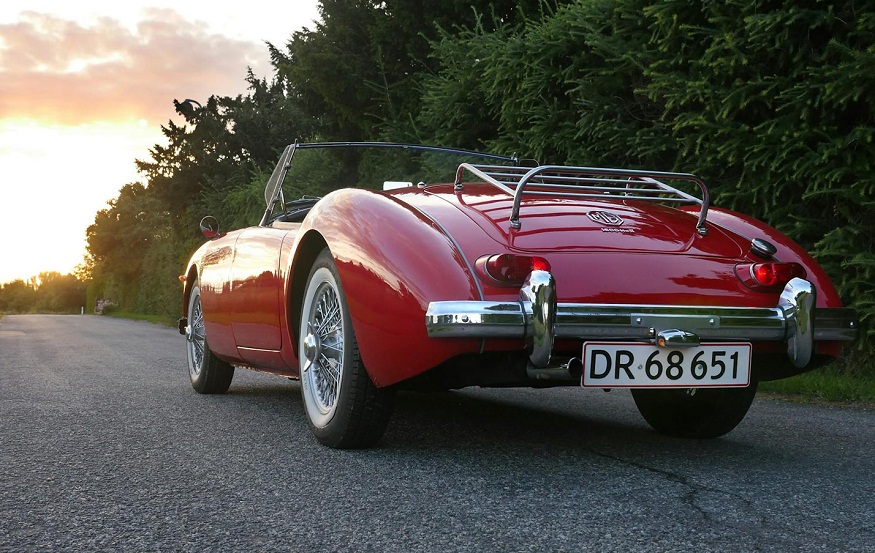If you browse the lists of classic cars for sale on specialist car websites such as Inglebys, you will see that they all share one thing in common – they are all powered by an internal combusiton engine of some description. However, converting classic cars from petrol engines to electric powertrains, often termed as “electrification,” is a growing trend in the automotive world. This transformation reflects a broader move towards sustainability and environmental consciousness. However, the process involves a mix of engineering challenges, regulatory hurdles, and questions of value and authenticity. Here, we explore the ease or difficulty of such conversions, their popularity, advantages, potential pitfalls, and the impact on a vehicle’s value.
The Process and Popularity
The conversion process involves removing the classic car’s petrol engine, fuel system, and exhaust components and replacing them with an electric motor, battery pack, and associated electrical systems. This task requires a deep understanding of both classic automotive engineering and modern electric vehicle (EV) technologies. It’s complex and can vary widely in difficulty depending on the make and model of the vehicle being converted and the goals of the conversion (e.g., performance vs. range).
Despite the complexity, the number of people undertaking these conversions is on the rise. While exact numbers are difficult to pin down due to the niche and often private nature of such projects, the growing availability of conversion kits and specialized conversion companies indicates a significant interest. Automotive forums and social media groups dedicated to EV conversions are bustling with activity, suggesting a growing community of enthusiasts.
Advantages of Converting
Environmental Benefits: Converting a classic car to electric reduces its carbon footprint, aligning with global efforts to combat climate change.
Performance Improvements: Electric motors can provide instant torque, potentially enhancing the driving performance of classic cars.
Maintenance and Reliability: Electric vehicles generally have fewer moving parts than their petrol counterparts, which can lead to lower maintenance costs and increased reliability.
Potential Pitfalls
Authenticity Concerns: Purists may argue that replacing the petrol engine with an electric motor detracts from the original spirit and authenticity of a classic car.
Regulatory and Insurance Challenges: Depending on the jurisdiction, there may be regulatory hurdles to legally driving a converted vehicle. Insurance companies might also have specific requirements or higher premiums for such unique vehicles.
Technical Challenges: Ensuring the converted vehicle’s safety, reliability, and usability can be difficult, especially regarding battery management systems and electric drivetrain integration.
Cost: The conversion process can be expensive, often costing tens of thousands of pounds to complete, depending on the project’s scope and the desired performance characteristics.
Impact on Vehicle Value
The impact of an electric conversion on a classic car’s value is a matter of debate. On one hand, a well-executed conversion can increase a vehicle’s appeal to a certain segment of buyers, potentially raising its value. These buyers might value the car’s unique combination of classic aesthetics and modern, environmentally friendly technology.
On the other hand, purists and traditional collectors may view the removal of the original petrol engine as a reduction in the car’s historical authenticity, potentially lowering its value in their eyes. Of course, some do not buy a used classic car as an investment anyway, but simply to enjoy driving an older vehicle that has more character than a modern vehicle. The market for electrified classic cars is still evolving too, and preferences may continue to shift as environmental considerations become increasingly paramount.
Conclusion
Electrifying a classic car presents a unique blend of challenges and rewards. While the process can be complex and costly, the outcome often yields a vehicle that combines the charm of yesteryear with the benefits of modern technology. As the trend continues to gain momentum, it will be interesting to see how perceptions of value evolve and how the classic car community at large embraces these modernized relics of the past. Whether electrification will become a standard practice or remain a niche within the broader classic car hobby remains to be seen, but it undeniably opens up exciting new avenues for automotive enthusiasts.

